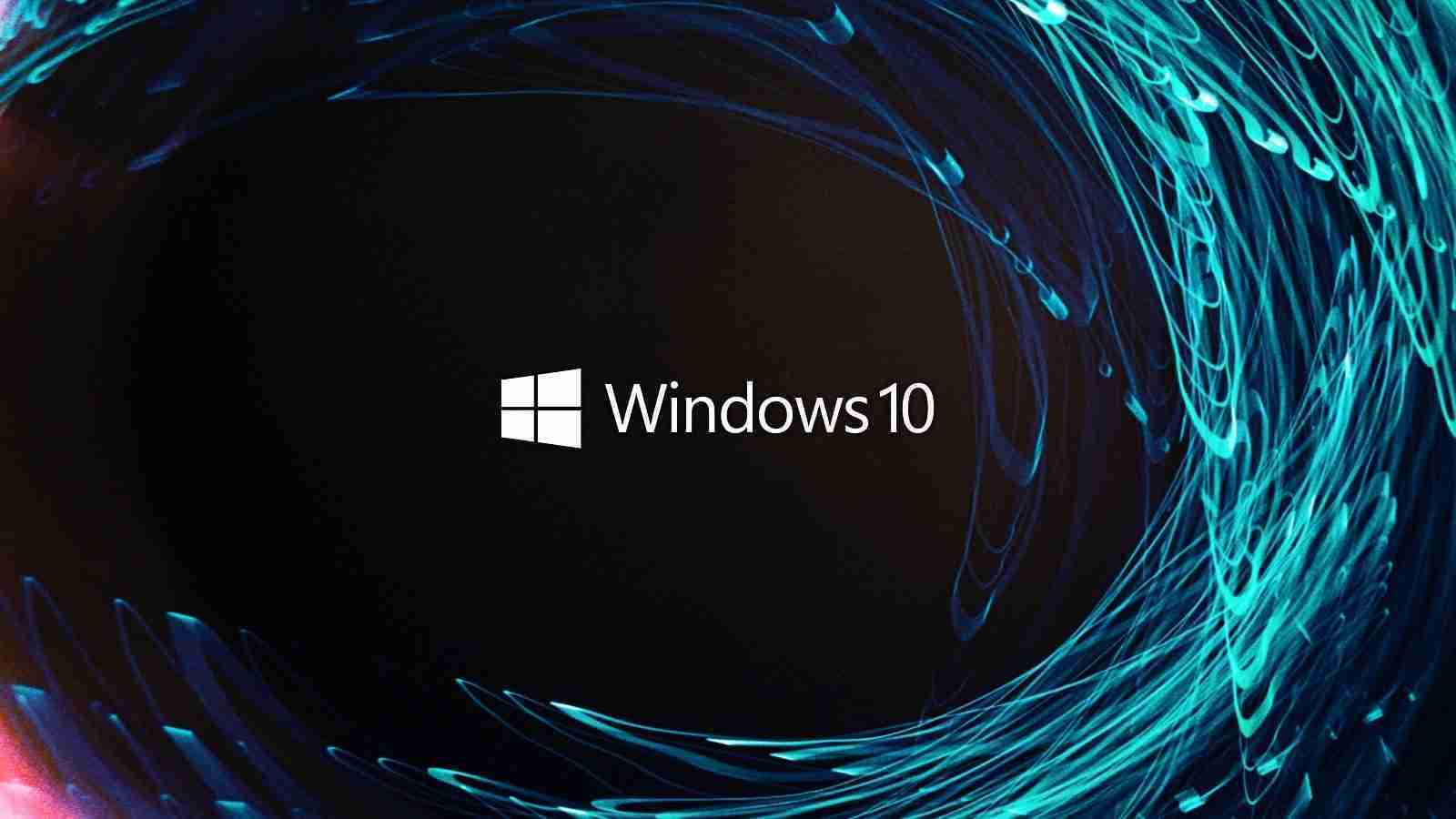KEEP IN TOUCH
Subscribe to our mailing list to get free tips on Data Protection and Cybersecurity updates weekly!







Microsoft has released the optional KB5003212 preview cumulative update for Windows 10 1909 with bug fixes and performance optimizations in the operating system.
This cumulative update is Microsoft’s May 2021 monthly “C” preview update that allows users and admins to test out the upcoming fixes scheduled for release in the forthcoming June 2021 Patch Tuesday.
You can install the update by going into Settings, clicking on Update & Security, and then selecting ‘Check for Updates.’ As this is an optional update, you will be required to click on the download and install buttons.
Before you install this update, Microsoft states that you must first install the KB5001406 or KB5003244 servicing stack updates.
Microsoft also warns that Windows 10 1909 has reached end of servicing as of May 11th, 2021, and will no longer receive security updates.
“Windows 10, version 1909 reached end of service on May 11, 2021 for devices running the Home, Pro, Pro for Workstation, Nano Container, and Server SAC editions,” state the KB5003212 release notes.
“After May 11, 2021, these devices will no longer receive monthly security and quality updates that contain protection from the latest security threats. To continue receiving security and quality updates, Microsoft recommends updating to the latest version of Windows 10”.
Also Read: The 5 Benefits of Outsourcing Data Protection Officer Service
“We will continue to service the following editions: Enterprise, Education, and IoT Enterprise”
If you wish to install the Windows 10 KB5003212 update manually, you can do so from the Microsoft Catalog.
After installing this update, Windows 10 1909 will be updated to build 18363.1593.
The highlighted fixes and improvements in the Windows 10 KB5003212 cumulative update preview are listed below:
Also Read: How to Prevent WhatsApp Hack: 7 Best Practices
Microsoft has also stated that the following known issues exist with this release. The issue below has been affecting Windows 10 since November 2020.
| Symptom | Workaround |
| System and user certificates might be lost when updating a device from Windows 10, version 1809 or later to a later version of Windows 10. Devices will only be impacted if they have already installed any Latest cumulative update (LCU) released September 16, 2020 or later and then proceed to update to a later version of Windows 10 from media or an installation source which does not have an LCU released October 13, 2020 or later integrated. This primarily happens when managed devices are updated using outdated bundles or media through an update management tool such as Windows Server Update Services (WSUS) or Microsoft Endpoint Configuration Manager. This might also happen when using outdated physical media or ISO images that do not have the latest updates integrated.Note Devices using Windows Update for Business or that connect directly to Windows Update are not impacted. Any device connecting to Windows Update should always receive the latest versions of the feature update, including the latest LCU, without any extra steps. | If you have already encountered this issue on your device, you can mitigate it within the uninstall window by going back to your previous version of Windows using the instructions here. The uninstall window might be 10 or 30 days depending on the configuration of your environment and the version you’re updating to. You will then need to update to the later version of Windows 10 after the issue is resolved in your environment. Note Within the uninstall window, you can increase the number of days you have to go back to your previous version of Windows 10 by using the DISM command /Set-OSUninstallWindow. You must make this change before the default uninstall window has lapsed. For more information, see DISM operating system uninstall command-line options.We are working on a resolution and will provide updated bundles and refreshed media in the coming weeks. |
| After installing this update and restarting your device, you might be unable to sign into some Microsoft 365 desktop client apps such as Microsoft Teams, OneDrive for Business and Microsoft Outlook. You might also receive an 80080300 error or “We ran into a problem. Reconnecting…” when attempting to authenticate or sign into Teams.Note Mobile, web and non-Windows versions are not impacted. | To mitigate this issue on most devices, you can restart your device a second time. Most devices will sign into affected apps as expected for all subsequent restarts after the first restart that completes installation of the update. If restarting does not mitigate the issue on your device, you can use the web versions of the apps:Microsoft TeamsOneDrive for BusinessOutlookWe are presently investigating and will provide an update in an upcoming release. |